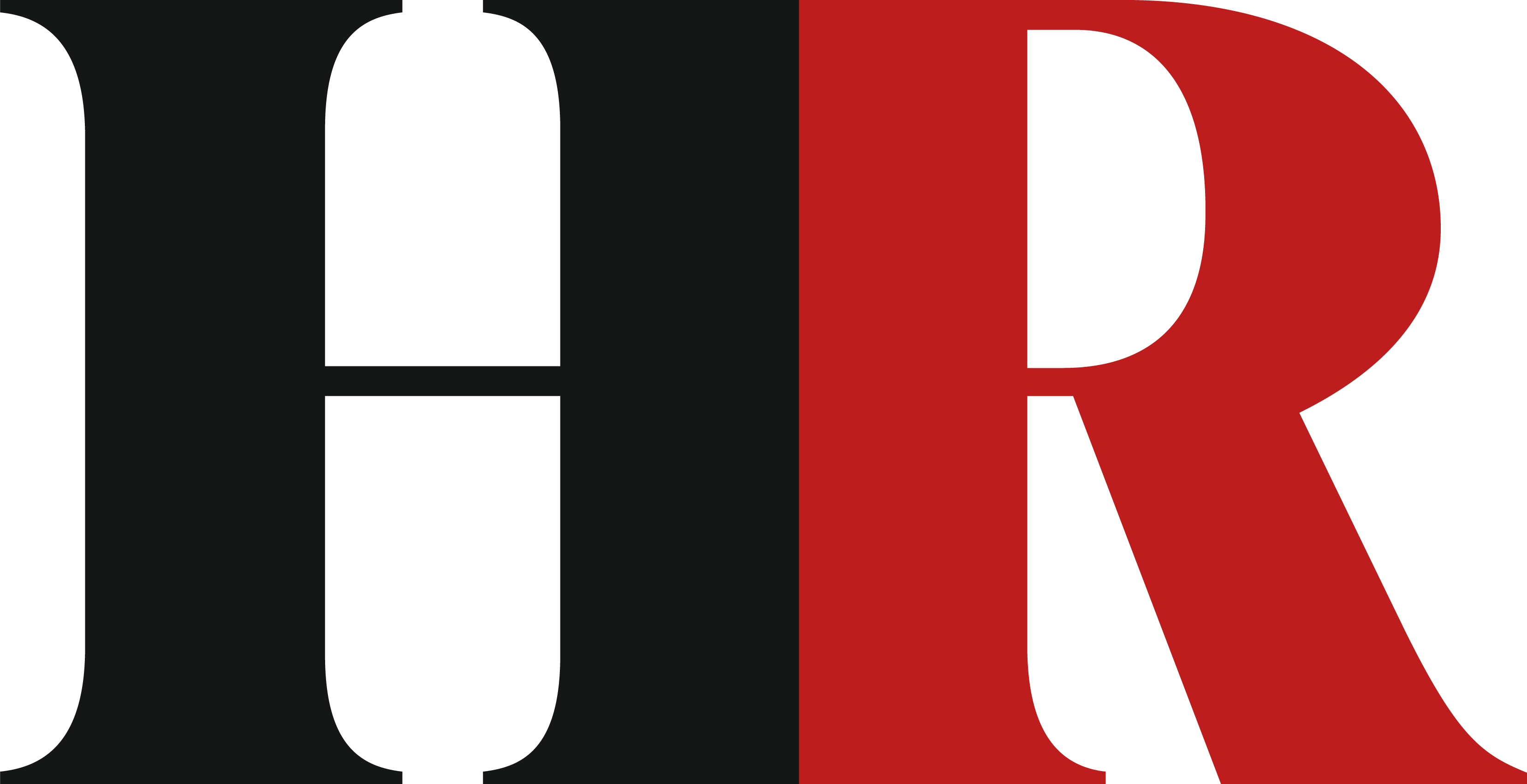Here’s our roundup of the highlights.
Leaders: pay attention
Busy managers don’t have a time management problem, they have an attention management issue, argued Megan Reitz, who is both adjunct professor of leadership and dialogue for Hult Business School and associate fellow for Saïd Business School, Oxford University.
In order to thrive, and have more of the conversations that truly matter, we need to train our attention, and permit ourselves to pause, she stated.
Highlighting her latest study, which was jointly created alongside researcher John Higgins, Reitz explained that there are two, equally important and necessary modes of attention: the doing mode, which is task-focused and concentrated, and the spacious mode, which is a broader, unhurried way of seeing the world, incorporating relationships, dependencies and connections.
“Both modes are vital,” explained Reitz. “If we don't have either mode, we're completely stuck.” But though workplaces tend to prioritise ‘doing’, individuals and teams must create space to reflect, learn, listen and disagree, which the spacious mode can facilitate.
Reitz added: “Every leader is knowingly or unknowingly influencing where their teams are paying attention; they are influencing the kind of conversations that happen. My work is about shining a light on that, and making sure that they choose [where to focus] that [attention] wisely.”
Read more: A pause is not just for Christmas
Top tips for a winning wellbeing strategy
Tracey Leghorn, chief business services officer for SUEZ Recycling and Recovery UK, shared how she increased awareness about wellbeing, and engagement about the topic, in her organisation. Thanks to the hard work of Leghorn and her team, who took a grassroots-led, “pester power” approach, the business is in a very different place from where it was seven years ago, when she started in this role, Leghorn explained. The strategy has evolved “from one, terrified person” taking on a challenge, to “an army of people out there talking about wellbeing", she said.
Offering tips to other business leaders, Leghorn encouraged them to “Do small things, and do them well.” She also advised leaders to keep it simple, start with a few employee-led suggestions, and involve people from the grassroots of the organisation.
Don’t be afraid to do things differently, she argued. For example, employee focus groups suggested that staff wanted diversity and inclusion work to be placed under SUEZ’s wellbeing agenda. It wasn’t an approach that the senior leadership team would have thought of, but “placing inclusion under wellbeing was powerful for us", said Leghorn.
Prioritise conflict resolution
As AI capability develops, conflict resolution skills will become more important than ever, said David Liddle, CEO of The TCM Group consultancy and president of the People and Culture Association.
"The biggest conflict we'll face in our generation is the conflict between humans and machines. We need to be the best of us as human beings. We need innovation, insight, empathy and growth. These can be unlocked at times of divergence and disagreement."
Current grievance systems are based around retributive justice and are no longer viable, Liddle said.
Instead, he advocates for a focus on dialogue, as enabled by HR.
"When we talk and listen, we can move mountains. […] We must build bridges, not wars. Surely that's a responsibility for the people function.
"Is the people function there to act as the custodians of a set of creative permissions, [and] divisive, harmful policies and procedures which make matters 10 times worse?
"Or is it the HR function's responsibility to engender – through the policies, processes and the rules-based system that we've developed – an environment supporting managers, employers and others?"
Read more: Grievance procedures don't deliver justice at work
Nine attributes of excellent wellbeing leaders
Business psychologist Matt Smeed founded a network for wellbeing leaders, the Working Well Community. As part of this project, he set up a podcast to explore the unfiltered lives of wellbeing leaders. After analysing the podcast episodes using an AI tool, he found nine attributes that wellbeing leaders have in common.
"It tends to be things like [the ability] to build strong relationships and communities across organisations. Resilience came [up …] time and again when we talk[ed] to these wellbeing leaders, [and] that the role can be really hard. That ability to adapt, to stay resilient and look after your own wellbeing is key."
Other themes include long-term strategic planning, and preventative wellbeing: "That's been a bit of a theme of the whole event over the last couple of days," Smeed added. "The best wellbeing leaders are those that aren't just doing the thing that works right today."
Leadership and mentoring also came up, specifically passing on necessary skills to the next generation of wellbeing leaders. The analysis also highlighted the need for positive psychology, having a community, and being able to integrate ideas into the wider organisation.
“Bring a bloke” to enhance training about women’s health
Helen Tomlinson, head of talent and inclusion for the Adecco Group recruitment firm, spoke powerfully about how to raise awareness of the menopause and other issues affecting women at work. Drawing on her experience as a former advisor to government on these issues, Tomlinson encouraged business leaders to arrange men-only training and awareness sessions, and to mandate men to attend them. Where sessions aren’t men-only, encourage attendees to “bring a bloke”, said Tomlinson.
She added that any strategy around women’s health should focus on three areas: mental health, financial health and physical and hormonal health. Any strategy that focuses on one of the three, without incorporating the other two, will be less successful, she suggested.
“I truly believe that going through menopause is no time to step back from your career, or step down or step out of the workplace, unless you really want to,” she said. “With the right support from your employer, you can go on to thrive.”









